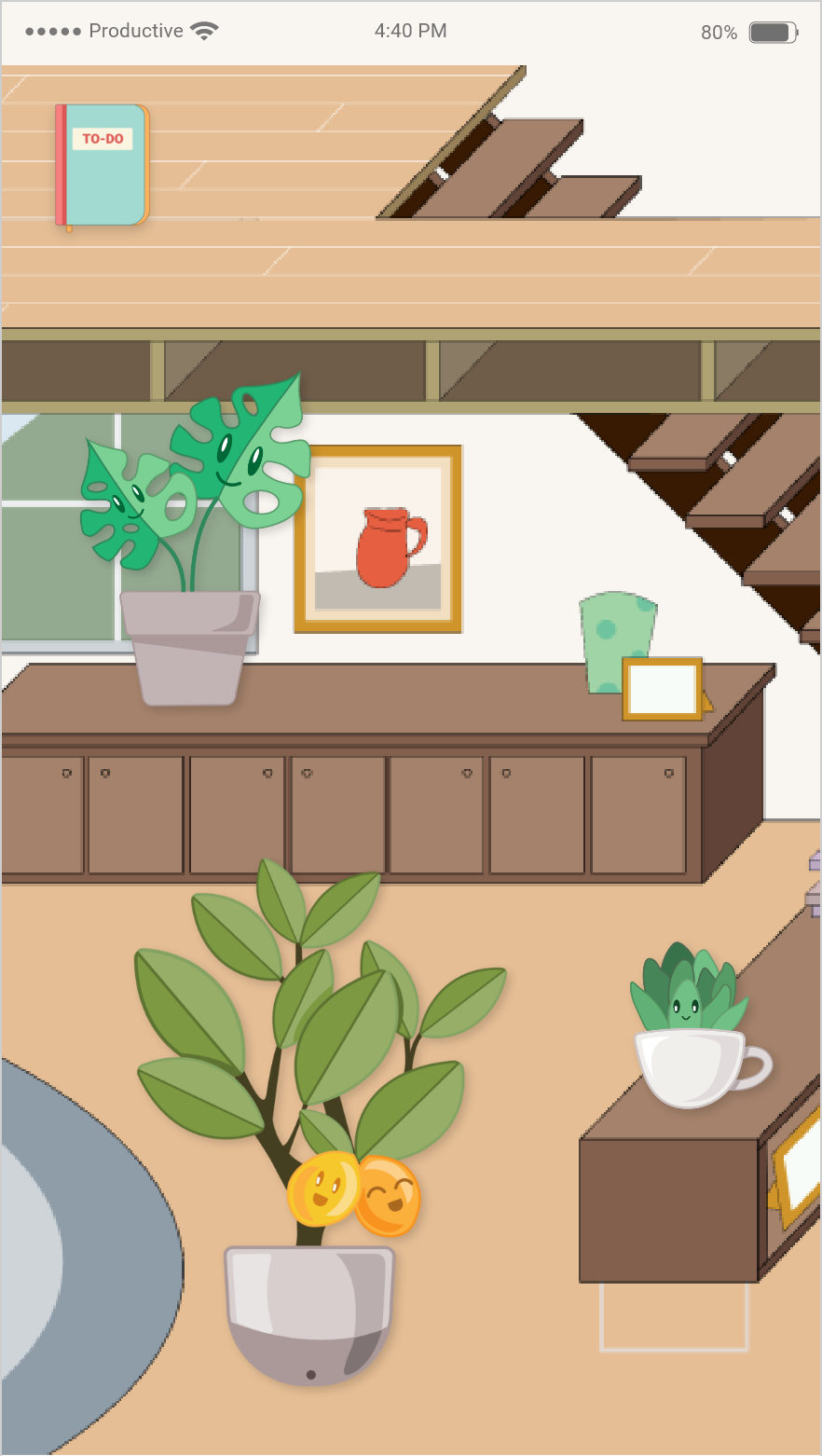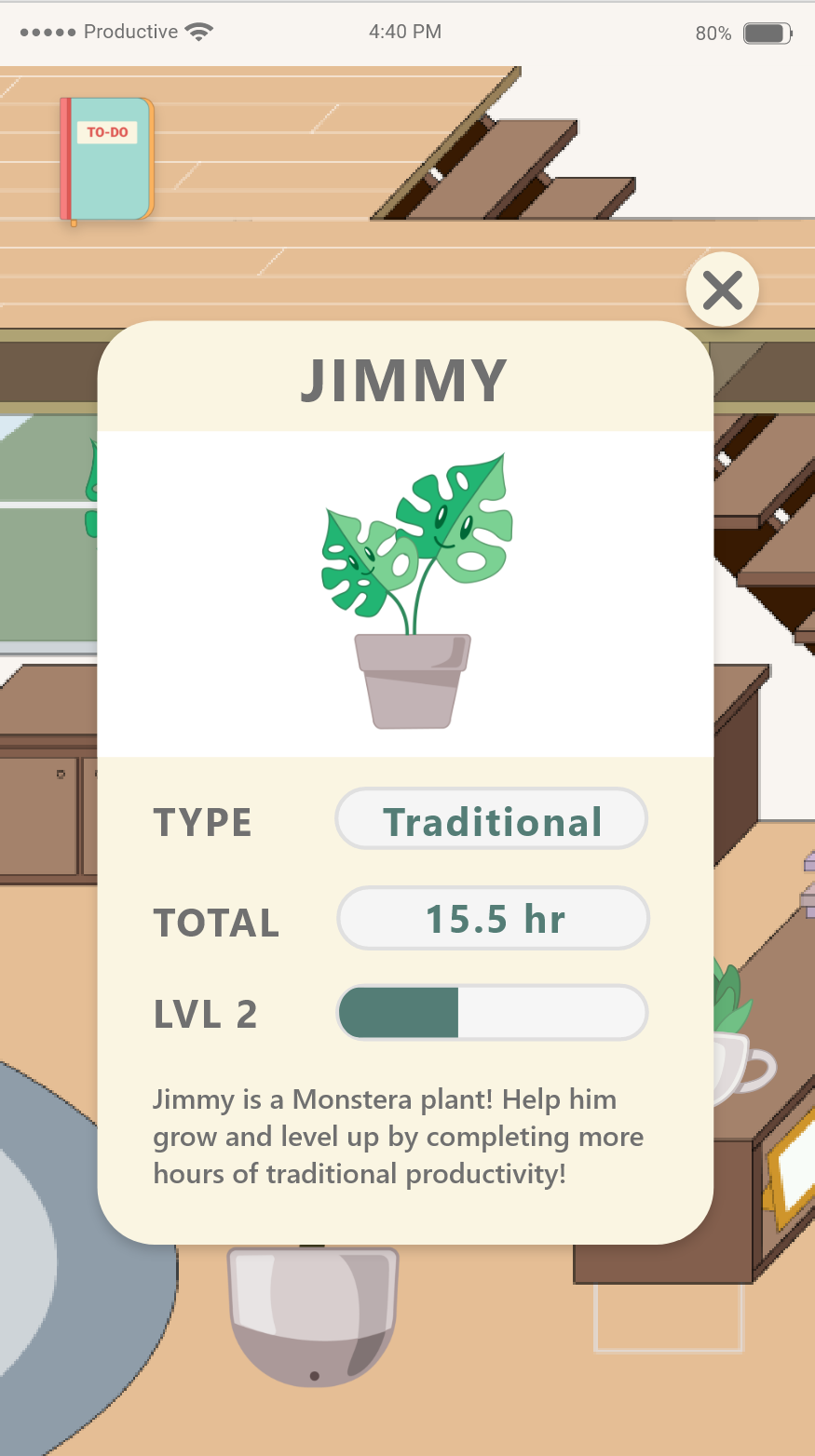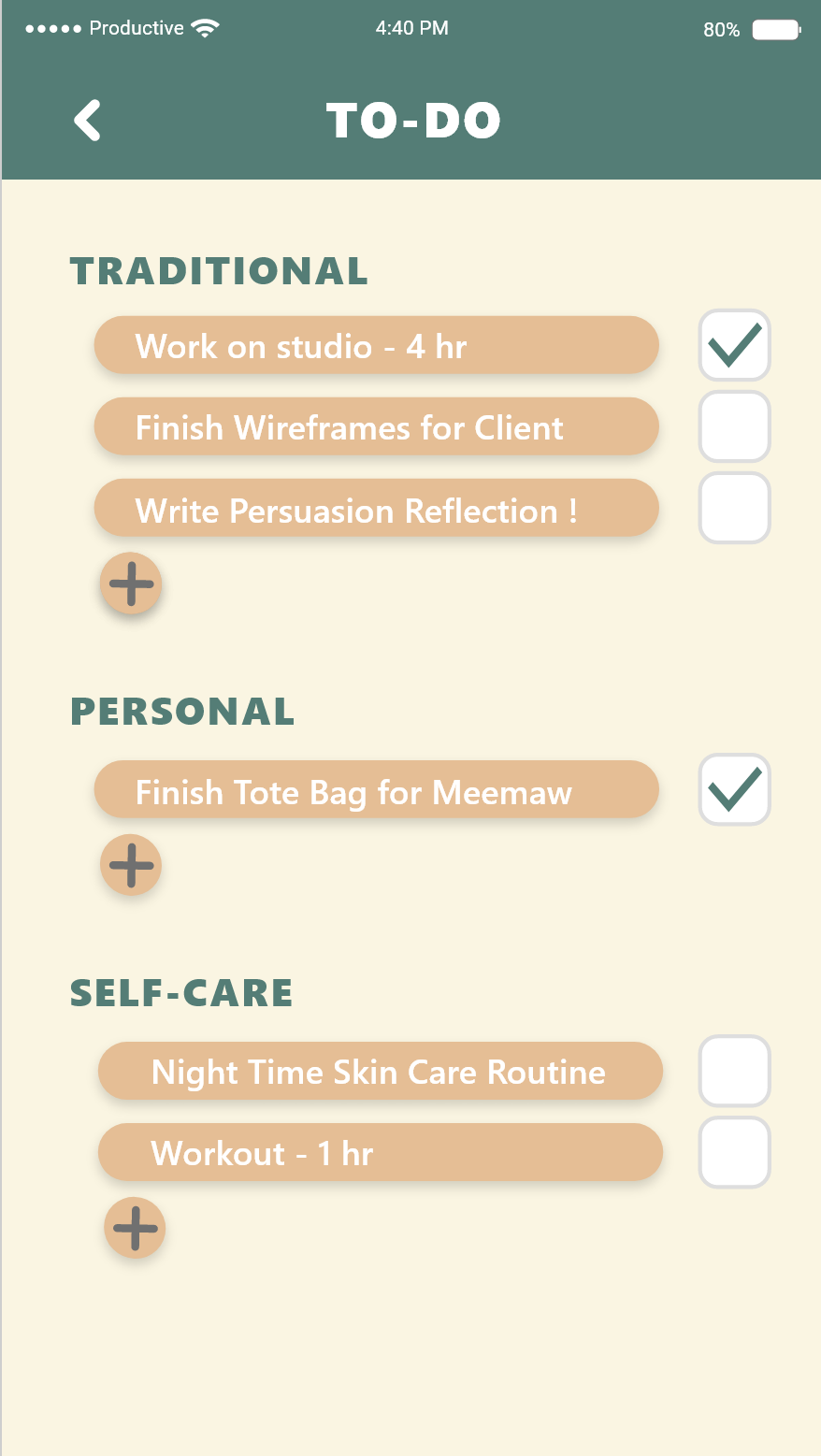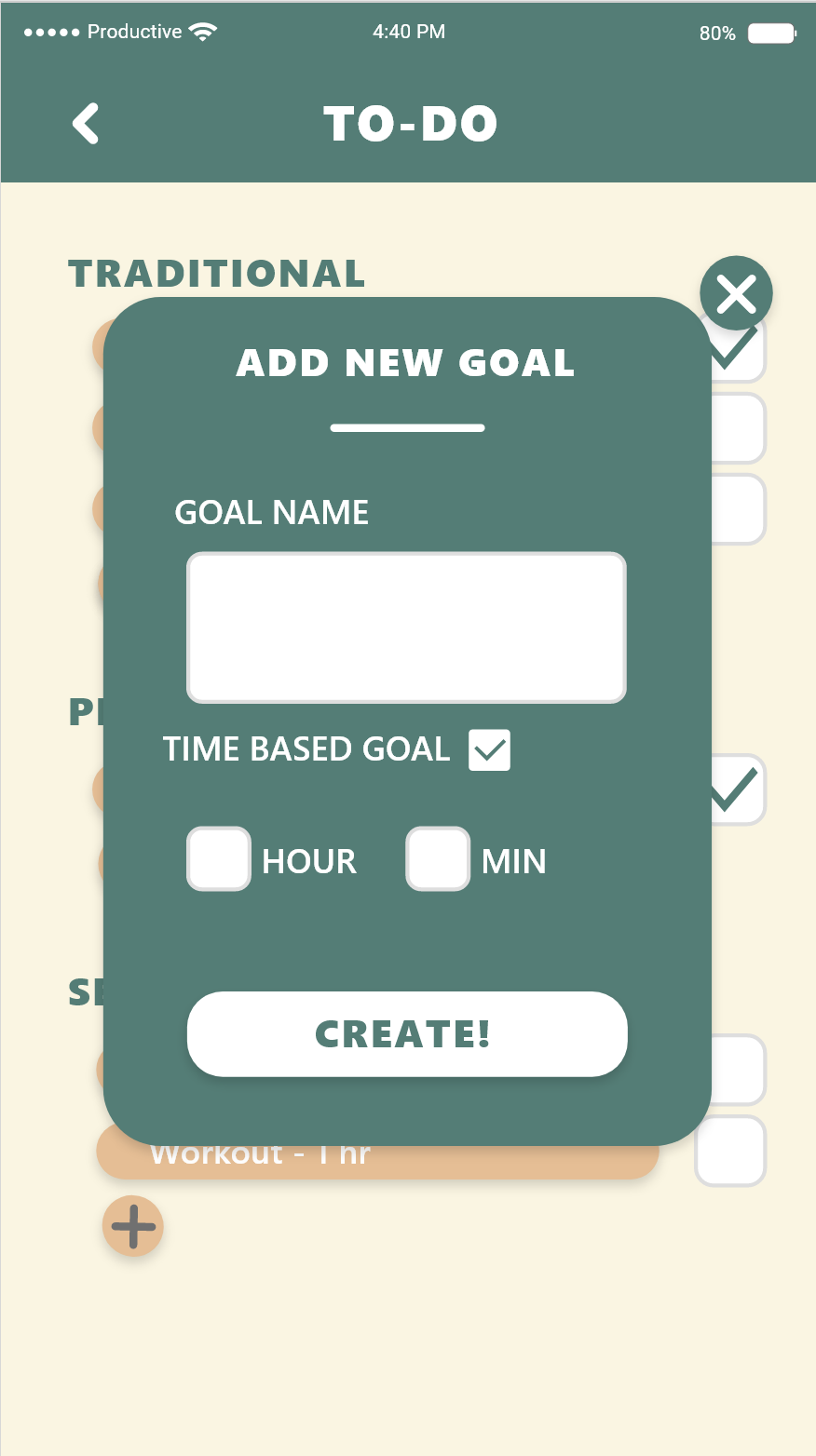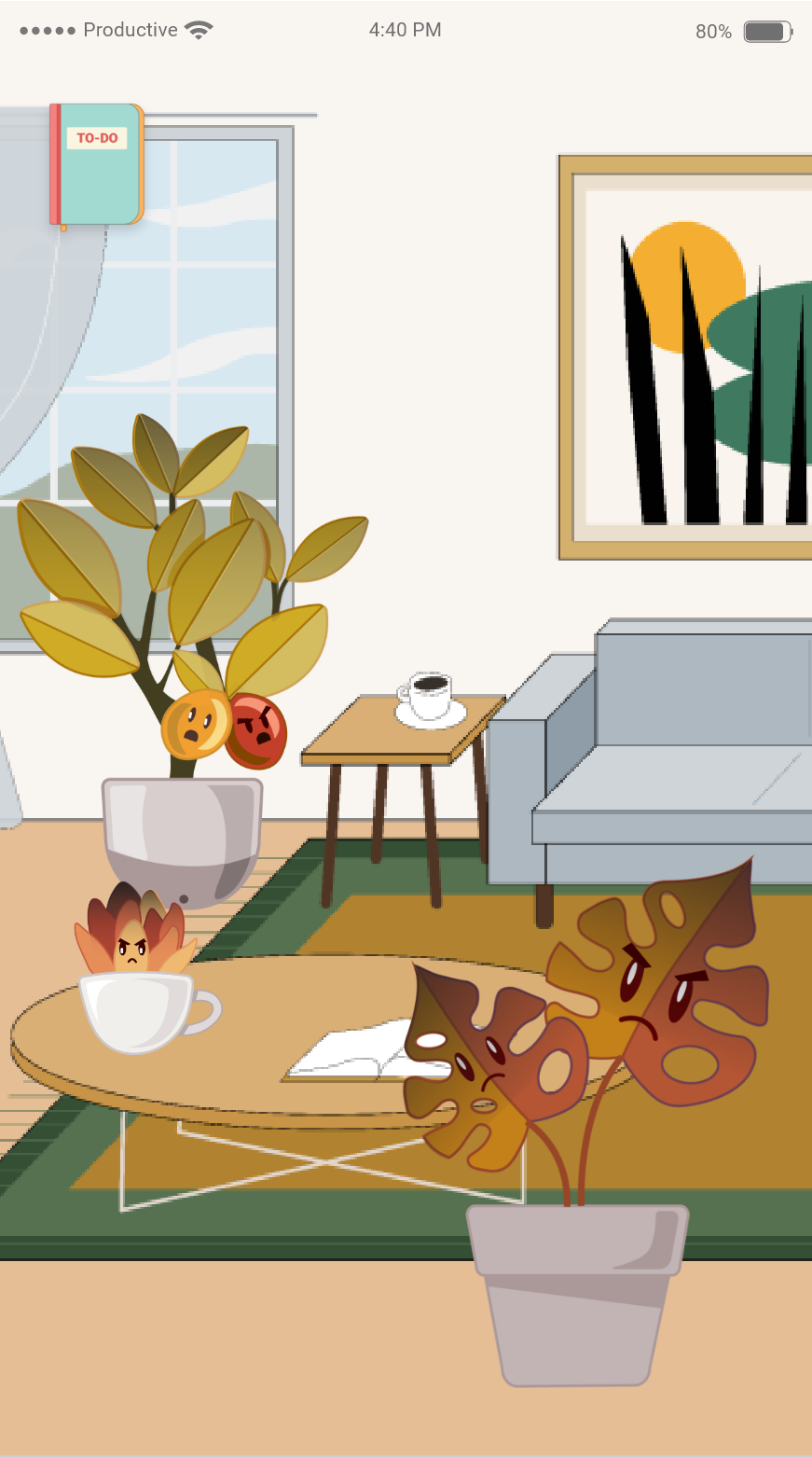TEAM 3: Dani Delgado and Michael Powell
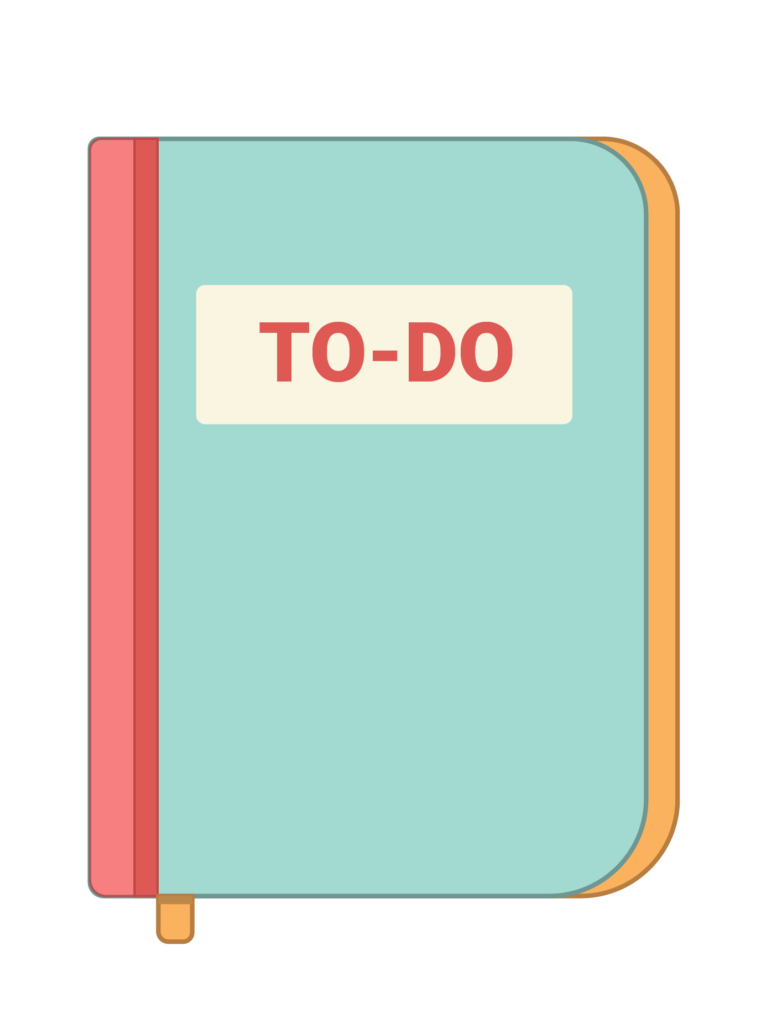
Our project tackled the concept of productivity and trying to persuade people to be more productive with their time rather than spending all of their time scrolling mindlessly. Before we discuss the modes and methods we used to explore this subject field and then create an intervention, it is important to note that we identified 3 distinct categories of productivity and based our project on those:
- Traditional Productivity – which can be defined as academic work, paid work, or -in general- work that is done for others
- Personal Productivity – work that is done for the self and one’s own enjoyment; a passion project
- Self-Care Productivity – this has the potential to be the most subjective category but we defined it as tasks such as exercise, cooking, cleaning/tidying, skincare routines, and any other task that’s needed to live a clean and healthy life
We identified other activities – such as scrolling through Instagram, playing video games, and watching TV – as “Non-Productive Time”. We created these three categories of productivity because we wanted to acknowledge that while most of us consider just “work time” as productive time, there are other activities in the day that should be considered productive as they help to live a healthy and balanced life. Furthermore, in this time of quarantine, there’s a certain pressure to be productive which can be overwhelming for some. We thought it would be comforting and motivating to state that many of the activities that you may already be doing count as productive – if you feel like a productive person already, then you may have more motivation to do productive activities (a concept that is supported by the Self Perception Theory of Social Psychology – you look at your actions “I have been productive” and based your attitudes on these actions “Oh! I must like being productive, nice! I’ll be more productive now”).
TRACKING OUR OWN PRODUCTIVITY
We began our project process by tracking our own productivity throughout the day using these 4 categories and reflecting on what were the causes of any non-productive lapses. We each did this for a week and then compared data to look for patterns and common causes for being productive or not.
Doing this exercise helped us to see that much of the unproductiveness was due to a lack of focus and a feeling of tiredness (which was usually only overcome by the feeling of panic that a near deadline can give). While unproductive lapses have always been an issue in our lives, they seemed to have increased exponentially throughout quarantine and we discovered a few interesting factors for why this may be (at least in the lives of studio-based students like ourselves). Firstly, we had created a separation between work-space and home-space – the combination of these two leads to potential mental dissonance needed to be overcome (and while this wasn’t something we could address in our intervention, we thought it was worth noting as our intervention has to provide greater motivation than this factor detracts). Next, we realized that the time we took between classes to walk between buildings or grab a snack on the other side of campus acted as small breaks within the Traditional productivity which could help to energize us for the next productive block. Finally, considering the situation, having a pile of assignments to do can be intimidating and make you feel as though you don’t know where to start. We decided to take these findings and develop a lo-fi intervention to boost motivation in productive activities.
TESTABLE INTERVENTION
Based on the conclusions gathered from our initial week of tracking our expectations and definitions of productivity had shifted. For our testable intervention, we moved from tracking productivity to spending some time in the morning writing out specific productive goals (that were in all 3 categories of productivity, so “workout for an hour” or “cook a nice dinner” could be a part of your Goal To-Do List) and then trying to stick to this schedule try and boost productivity with fewer unproductive lapses.
We decided to reach out to other college students who were in similar situations to our own and ask them to perform this exercise with the hope that people’s productivity would increase. We gathered participants by directly asking them through messages.
As we had hoped, people had a similar reaction to the tracking that we did. It seems as though people consistently set goals and schedules, but given various unknown factors many things end up taking longer than one may have initially hoped. We asked them to reflect on their thoughts about doing this activity. Here are a few lists and schedules made by participants:




We asked people if having specific goals and timeframes to complete tasks help aid in productivity? Here are some of their responses:
“It does actually! I still f***** myself BUT it’s okay cause I got more done than I expected!”
– U
“This was good, but I wonder how we can better plan for the unexpected.”
– A
INTERVENTION DISCOVERIES
After doing this intervention, testing both on ourselves and on other people, we were able to get more insights was to what makes people productive. Our intervention was successful in that it helped to bring attention to the other types of productivity and people reported that creating a specific list of goals was helpful in boosting productivity and tackling large projects. However, there were still improvements to be made as unexpected events would derail the schedules and perhaps make people lose motivation. The general discoveries of this intervention include:
- Having set goals helps in being productive and starting assignments, especially large ones which sometimes you don’t know where to start
- However, a set schedule would usually not be as helpful due to certain tasks taking longer than anticipated or unexpected events happening
- An ideal intervention would also use other persuasive techniques such as strategic wording, reminders (easily access the cognitions related to goals and nudge you back on track), and emotional pulls (pathos).
IDEAL INTERVENTION – PROTO PLANTS APP
Based on the experiences had by people in an analog format of tracking and planning for productivity we decided to create a more formal platform. Like discussed within our methods, we divided productivity into the 3 identified categories, with each category having its own type of plant family to represent it.
We selected these plant families based on their real demanded care and used this as a metaphor to connect the different types of productivity. For instance, succulents equate to self-care given that they are slow growers, and results may not be seen quickly. Through careful practices and awareness, we can remind ourselves to be patient and kind to ourselves as we would do these plants.
Similar to the journaling exercises, in the mornings you would add daily tasks to their respective categories. Upon completion, you are able to check off these tasks and in return, you will feed the plants of this task type. After logging a certain amount of tasks or hours or a task, the plants will “level up” and grow larger.
The app also give you additional rewards for completing your tasks! One way is to complete all daily tasks – the more of these awards you collect, the more plants you can unlock and add to your living room. You are also able to unlock new accessories and plant foods over time as you continue logging your hour of productivity.
Proto plants also provides some “negative” motivation as well. The living room plants have an “angry state” which appears when you don’t log any hours by the evening or you are on your phone for more than 30 minutes at a time and you will get a notification when your plants are disappointed in you. Remember it is important to log productive hours to water the plants and make them happy!
____________________________
Given that all of our testings occurred through analog tracking, we wish there would have been more time to test out how an app would further influence, or not, people’s productivity. Either way, we gained insights into what makes us more productive and hope to continue applying these strategies of an intervention towards our future work.
